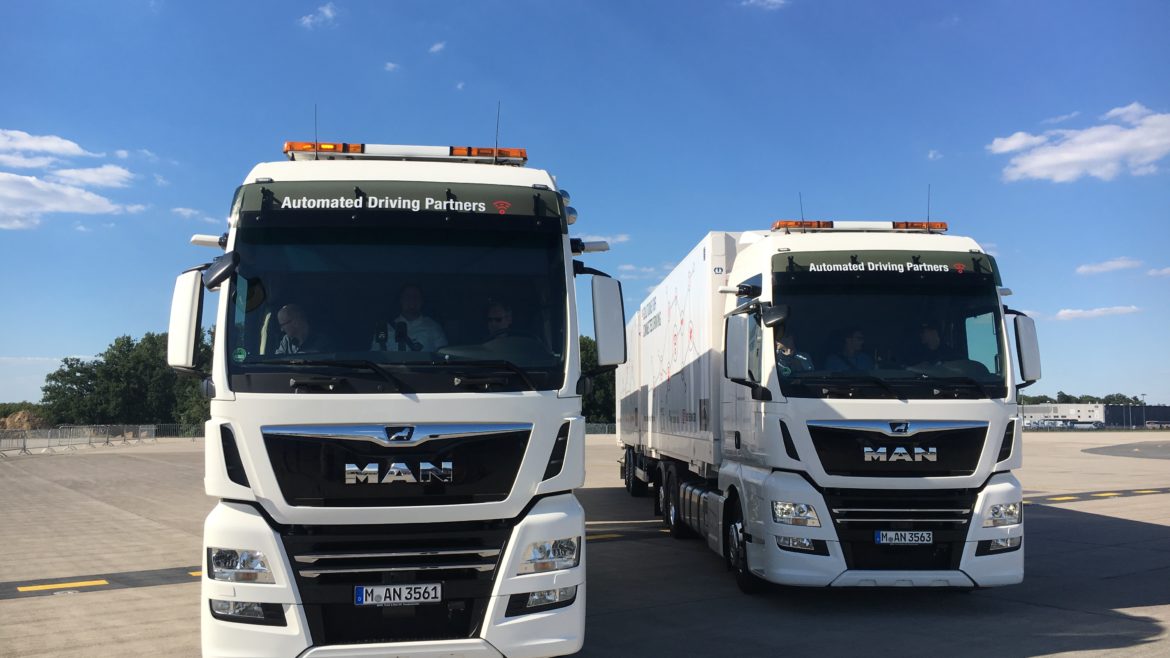A rather large volume of greenhouse gases is produced by a rather small number of vehicles: trucks. Whether overhead line, battery or hydrogen trucks or vehicles with liquid gas drives, many things are conceivable and have already been or are being tested in pilot projects to promote the energy transition – in trucks. With scientific support, so development proceeds in the best direction.
Road freight transport accounts for a significant overall share of GHG emissions from transport and is expected to increase further in the coming years. The transport forecast for 2030 assumes a growth of 38 percent in freight transport. At the same time, the number of vehicles responsible for GHG emissions is comparatively modest compared to the number of registered passenger cars. This means that considerable potential GHG reductions can be achieved by converting a relatively small number of vehicles to low-emission drives in road freight transport.
To date, however, only very few vehicles with alternative drive systems are available, especially for long-distance transport. In particular, semitrailer trucks with liquefied natural gas (LNG) drives are available on the market and are increasing their market shares due to the currently available funding possibilities. In this context, the BMVI supported the pilot project for the procurement and testing of 20 LNG trucks at Meyer Logistik in the Berlin region at an early stage as part of the Mobility and Fuels Strategy (MFS), in order to gain insights for initial market entry. The results of the project, which was successfully conducted in 2017, show that depending on the load, route and operating area, the emission reduction figures cited in the relevant literature can indeed be achieved.
In the medium term, hydrogen and catenary trucks are also seen as an option for heavy road transport. In order to validate the findings of existing studies within the scope of the MFS, the implementation of support measures in other NOW-coordinated programmes and also the initiative for climate-friendly road freight transport, it is important to initiate pilot projects for emission-free long-distance heavy goods transport. A significant focus of future measures for these technologies should be on the necessary infrastructure.


